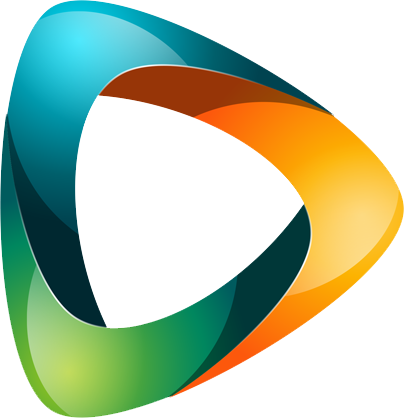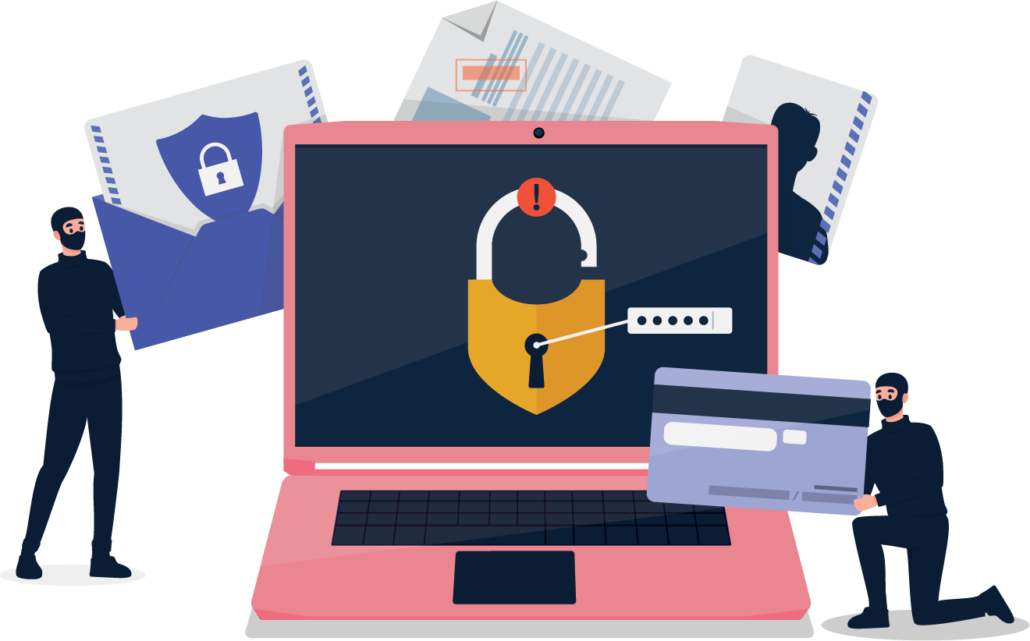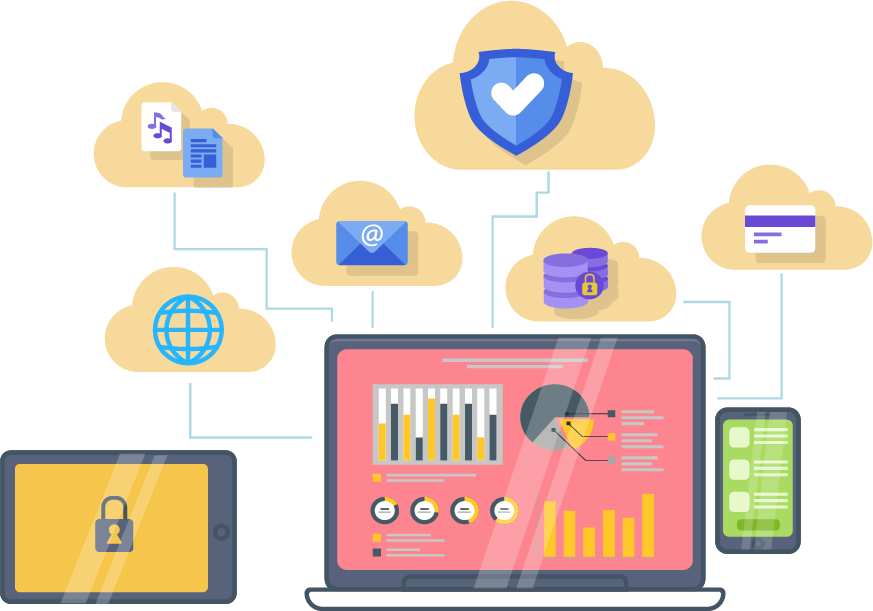Brief
Iseka Services PTD LTD is a software company based in Melbourne, Australia. Iseka Services and LogixOne TM create software systems for business purposes for a range of different customers within different industries. Other than personal computing devices Iseka Services does NOT provide any of its own IT Infrastructure.
Iseka Services Pty Ltd takes both the data integrity and business continuity of our customers very seriously and only utilise Tier 1 hosting providers. At a minimum, any data or software that Iseka Services creates is hosted within ISO 27001 compliant infrastructure.
Why do we use the SaaS model? One of the main reasons is that leveraging SaaS services is the best way companies of any size can leverage the latest in not only security technology but security practices and people that are able to actively manage their own environments on an ongoing basis. For all but the largest organisations being able to match the level of security companies such as Zoho, Google, Alibaba, Microsoft and the like provide would be basically impossible.
It is Iseka Services Pty Ltd view that leveraging the Cloud and SaaS based computing is by far the best way for companies of all sizes, especially smaller companies to secure not only their data but the business continuity processes.







